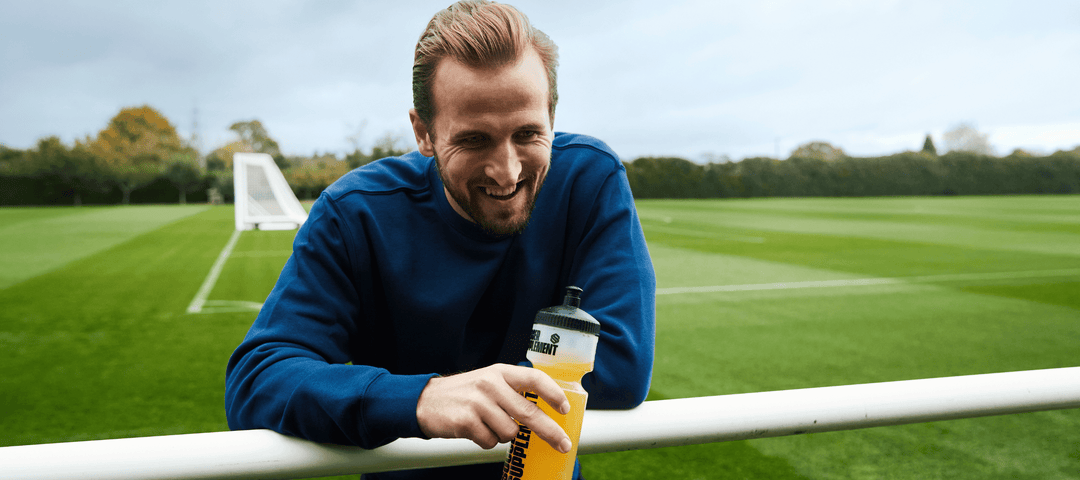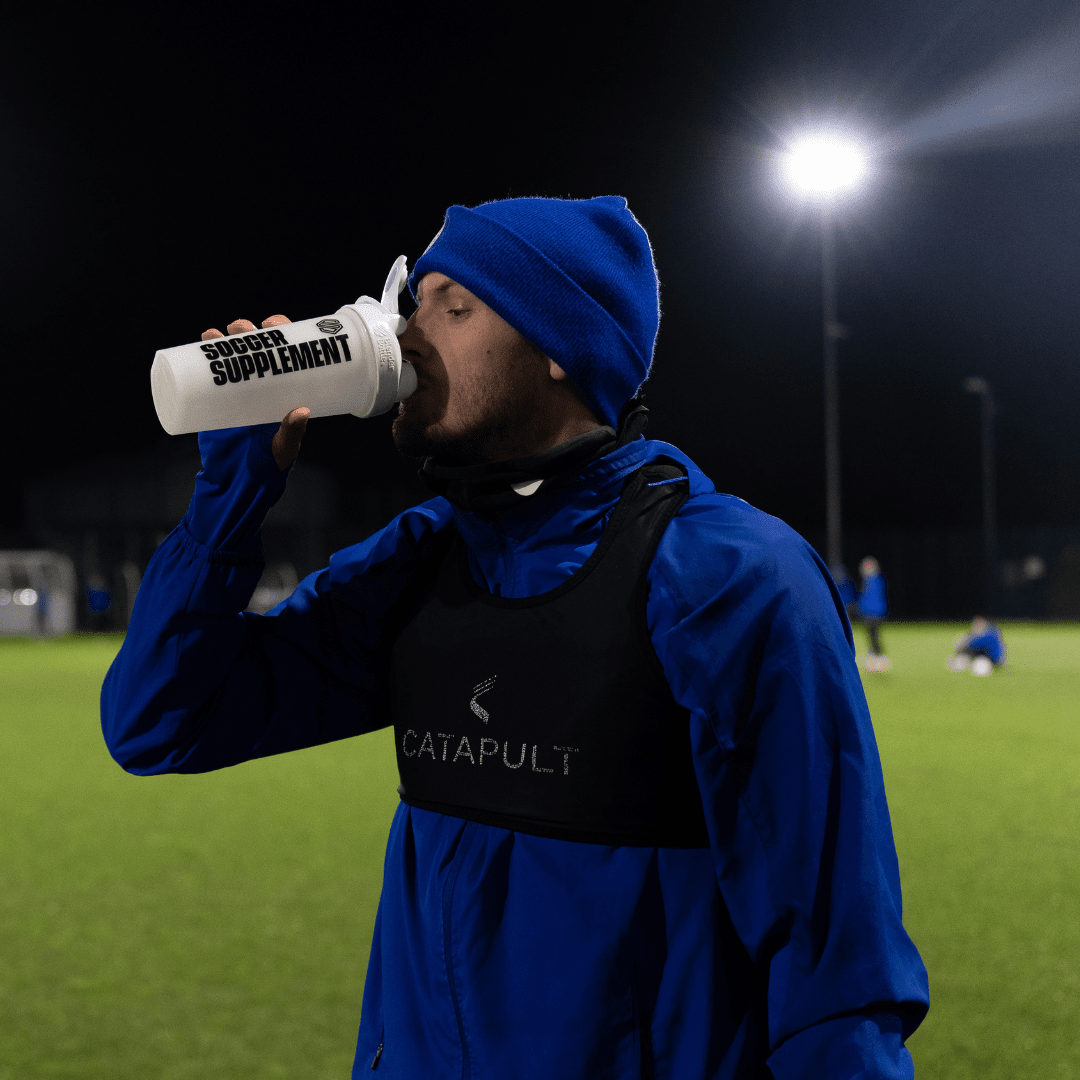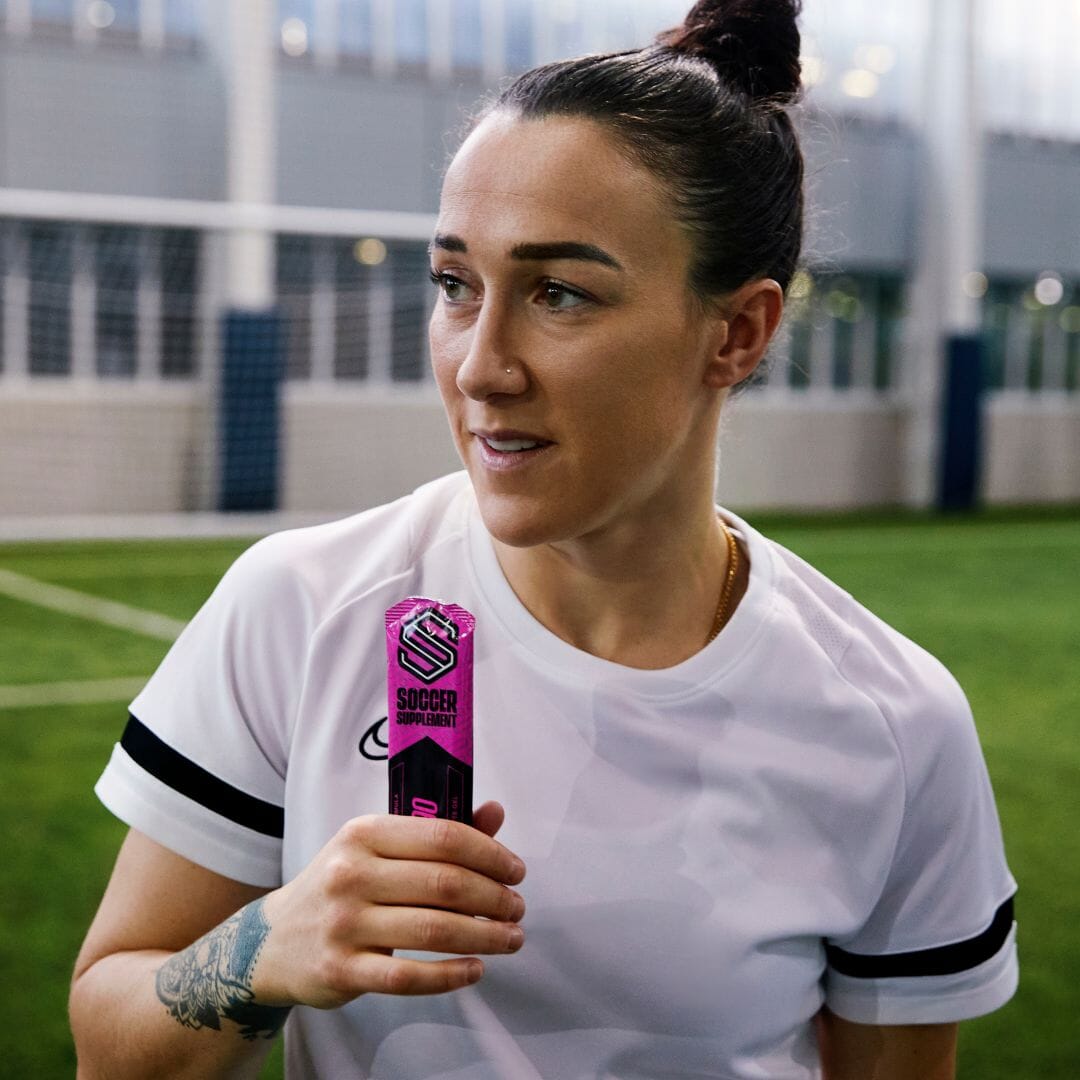‘What are the symptoms of a torn ligament in my knee?’, ‘Why do my knees sound like Rice Krispies?’, ‘Cant bend knee’; how many of these have you searched in your time?
Knee’s injuries are some of the most prevalent issues physio tables will see, with the severity ranging from very mild to (unfortunately) career ending! Like we outlined in our Ankle Injuries article there are strategies to help reduce the incidence and severity of injuries, more specifically for this article knee injuries.
Now of course, certain strategies will remain similar with others vastly different. Like all things physical performance however, implementing and executing consistently is key to long term success, let’s start by outlining some of the more common knee injuries.
As previously mentioned in these articles, grade 1 generally means a milder short term type injury (days to weeks), grade 3 are the more serious longer-term injuries (months to years) – with grade 2 sitting in-between (weeks to months).
The headline grabbing knee injury is more often than not the dreaded ACL injury. The Anterior Cruciate Ligament. These types of injuries are usually a concoction of knee injuries in their own right (namely meniscus, ACL and MCL – medial collateral ligament), a pretty catastrophic incident for any amateur, semi professional or professional players knee! Which is why training to help reduce the risk of knee injuries is so important.
At the top level this could mean maximising game time and career earnings; whilst at lower levels merely being able to go to work and enhancing your quality of life after football become extremely important.
Prevention Training
At the top-level professionals are asked to perform at times 48 to 72 hours after previous matches, that means resiliency is key! As with most sound prevention strategies in physical performance, incorporating a range of training modalities will be key to your success.
Squatting should be a fundamental to your preventative mission, whether that is heavily loaded back or front squatting, plyometric based jump squatting or single leg squatting.
What they essentially represent for your training menu (in order!) is heavy squatting to increase maximal force, that is – the ability to create a lot of force when your (more often than not) landing or braking. If you don’t have said ability to create high forces, your anatomical structures will not have the capacity to cope with the external forces placed upon them during these landing and braking actions.
Second, jump squatting is an exercise to help you to express this force. Why is that important? If we look at the majority of knee injuries, they can happen in the blink of an eye. Therefore, being able to apply these high forces in the timeframes that the external stressors being placed on the structures will allow, is really important!
Lastly, single leg squatting – the stabiliser! While back squatting and jump squatting can be key contributors to healthy knees, they share common ground being two legged and therefore very stable, exercises. Challenging the knee on a single leg is critical to it being able to react, stabilise and perform consistently when landing, changing direction, braking etc.
We have focussed heavily on squatting for the sake of simplicity here, but the message of 1. Create high force through strength exercises (Deadlift, Hip Thrust etc), 2. Create fast force through plyometric exercises (Jumping), and 3. Force stabilisation through single leg exercises (Insert any number of lower limb exercises here) can be applied to any number of movements!
Rehabilitation Training
Look to be aggressive with movement and weight baring of the injured leg, but without irritating the injury site. While (for the more serious injuries) crutches can be helpful to allow for the early recovery of the injured leg, it can be a mobility killer in the longer-term rehabilitation outlook.
At the onset of an injury, you need to begin mobilising the injured limb as quickly as is safely possible. The usual advice of stay off it for X amount of weeks can be attributed to an extremely cautious approach, equally slipping a ‘knee brace’ on and going again a few days later isn’t the answer – find that happy medium!
The movements involved at the knee are very straight forward (pun intended); you can extend the knee (straight leg) or flex the knee (bent leg), regaining the full range of flexion and extension is crucial in your rehabilitation. Early stages will be regaining this motion (as simple as sitting on the edge of your sofa and straightening/bending your leg) alongside beginning to weight bare again. Then you can move into resisting this flexion and extension before some simple partial range bodyweight exercises (If we take squatting again, move from ¼ squat, to ½ squat to full squat etc)!
When almost all of your knee’s basic function is restored you can move into the three stage protection measures: High Force, Fast Force, and Stability exercises.
Nutrition is of course of crucial consideration at this stage. Omega 3 supplementation has been proven to reduce inflamation, reduce soreness, and support repair processes in the body. And Collagen is a building block of your ligaments and tendons; giving the body ready access to collagen when you're rehabillitating a damaged joint means that those building blocks can get to the site as your directing blood to it through your exercises, helping you to heal faster!
Something I would hasten to add to all of this is being mindful of your intakes and activity levels during rehabilitation. The tendency to not adjust our nutritional intakes during times of injury and subsequent inactivity can be an easy way to pile on the pounds! Rehab is hard enough already, don't end up having to add weight loss to the mix!
Lean snacks like our Whey90 Protein Shakes can be a good way to supplement your usually heavier snacks/meal components with a lighter option whilst maintaining lean muscle through appropriate protein intake.
Be sure to keep an eye out for the final instalment of our lower body injuries series, culminating with all thing’s hip injuries!








